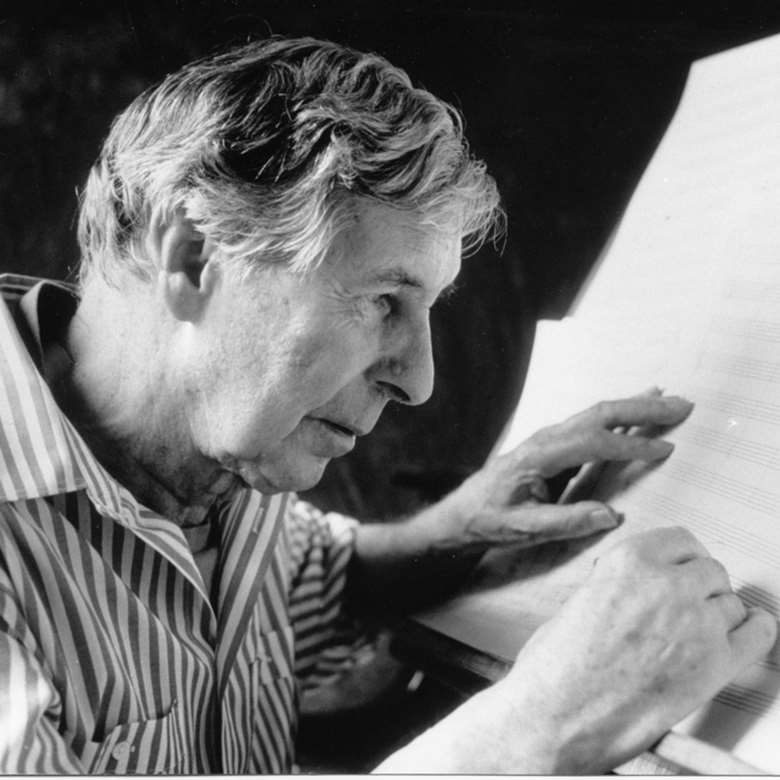Reputations: Michael Tippett
Michael Oliver
Tuesday, February 2, 2016
Michael Oliver examines the legacy of a remarkable musical mind

Register now to continue reading
Thanks for exploring the Gramophone website. Sign up for a free account today to enjoy the following benefits:
- Free access to 3 subscriber-only articles per month
- Unlimited access to our news, podcasts and awards pages
- Free weekly email newsletter








